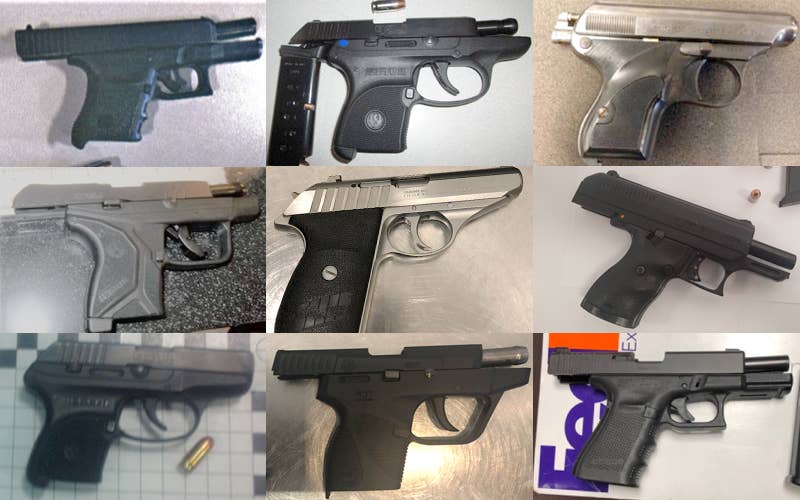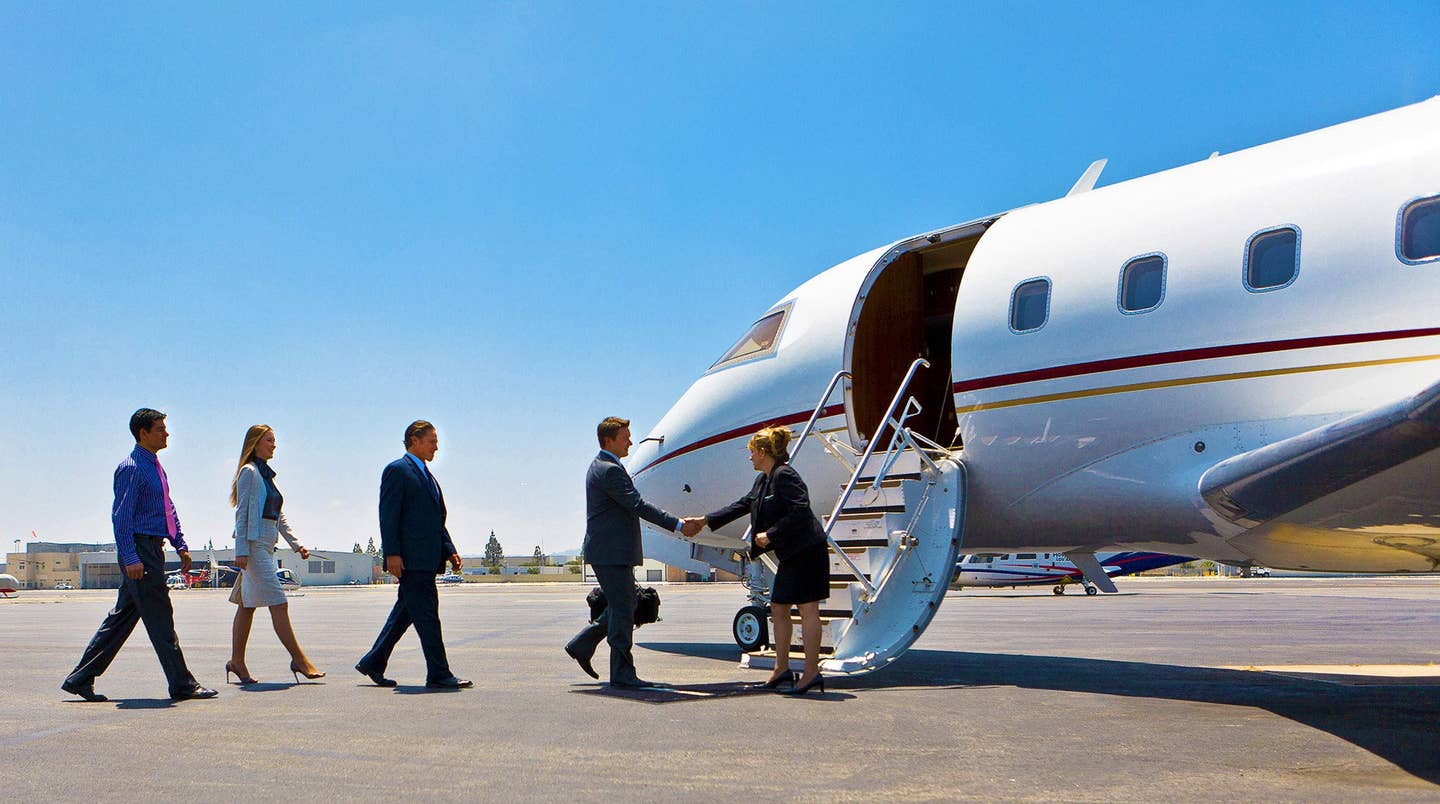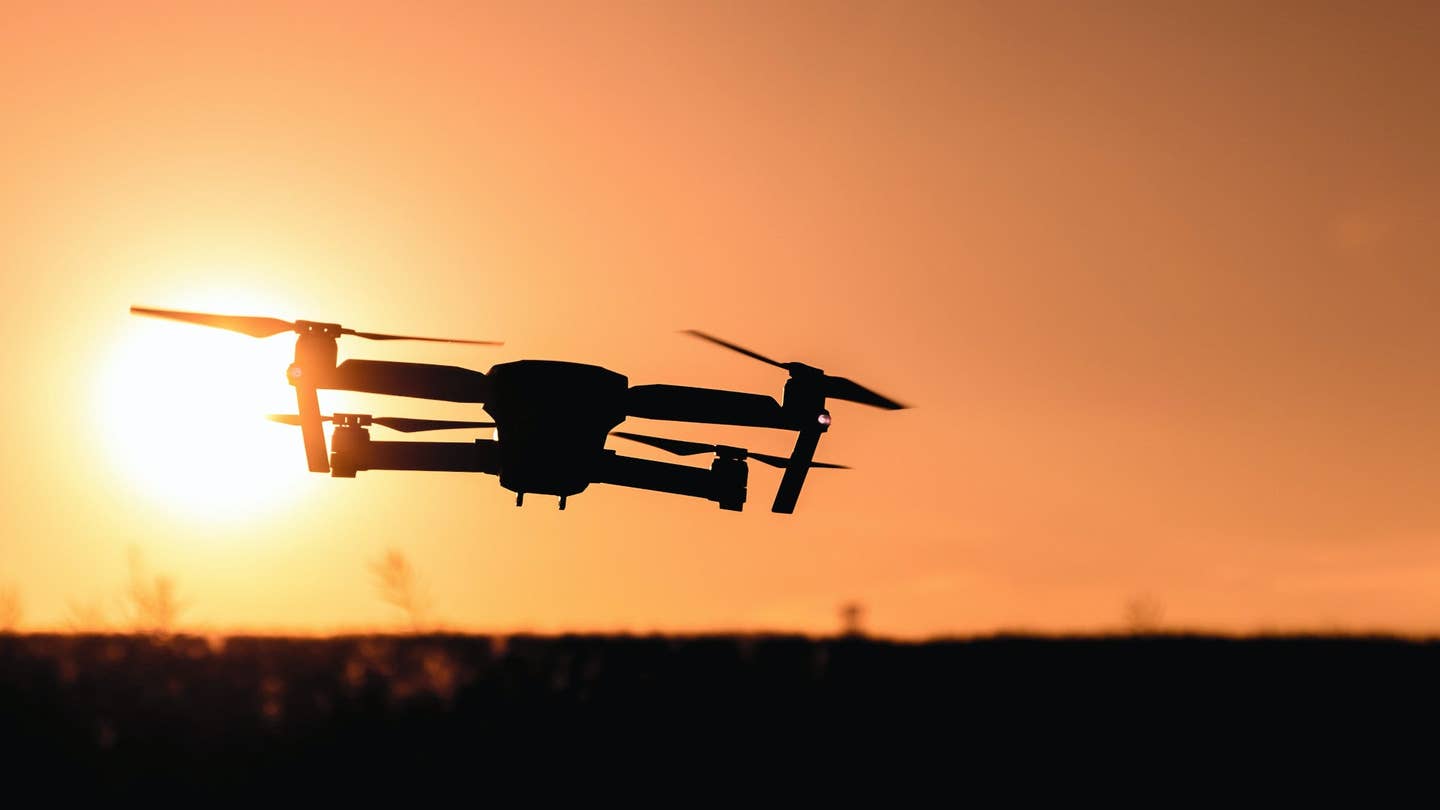
Have you ever wanted to build your own homebuilt aircraft? Here’s what you need to know. [Credit: CanvaPro]
Pilots and hobby builders love homebuilt aircrafts because they’re a ton of fun to build and to fly. You can either start with just the plans or buy a complete kit to start assembling your aircraft!
Construction times and costs are dependent on what type you buy. In addition, they have to meet specific standards and be assigned a flight worthiness certificate before taking to the skies.
Easily become an airplane or commercial pilot online! Courses designed by industry experts can help you pass FAA tests and get into the sky!
Enroll NowHomebuilt Aircraft Defined
A homebuilt aircraft is an aircraft constructed for recreational use. To count as an amateur-built aircraft, the owner has to do 51% of the construction. Homebuilts can be built from plans, assembly kits, or by your own design. Some of these don’t even require a pilot license to operate.
These experimental aircrafts are of simple design and come in many forms. Most earlier models used metal frames and wood. Meanwhile, newer designs use fiberglass, aluminum, and other composite materials to reduce weight.
Homebuilt aircrafts became popular in the U.S. in 1924 when the National Air Races began. Due to class limitations, most planes at the time were amateur-built.
Most pilots and builders of that time were self-taught, and because there were no operational standards, there was a high accident rate. In light of this, the U.S. created federal standards for aircraft, bringing an end to homebuilding except in specialized areas like racing.
The creation of the Experimental Aircraft Association (EEA) in 1953 brought back homebuilding with specific standards and limitations.
Advantages of Homebuilt Aircrafts
The most significant advantage of homebuilt aircraft is that you can build them mostly yourself. Therefore you know how the plane functions inside out, and if there are problems, you can fix them yourself because you constructed the aircraft.
Building your aircraft will give you more insight when taking to the skies. You have the freedom to do so after acquiring the necessary training and certifications.
And let’s be honest, who wouldn’t love the privilege of soaring through the sky whenever they want
Disadvantages of Homebuilt Aircrafts
The disadvantage of a homebuilt aircraft is that they can be a considerable time and money sink. Of course, you can always ask for help, but you have to do 51% of the work yourself for it to qualify as an amateur-built plane.
If you follow the plans or kit correctly, there shouldn't be any safety issues. However, if you decide to improvise, you might be setting yourself up for potential accidents. Also, remember that if you’re just buying the plans, some materials might be hard to come by depending on your location.
Types of Homebuilts
There are many types of homebuilt aircrafts available. These include helicopters, seaplanes, gyrocopters, motor gliders, and more. Depending on how they are built and what regulations they have to follow, they fit into different categories.
Experimental Aircraft
The term experimental aircraft might confuse you. It just happens to be the category that homebuilts fall into for the Federal Aviation Administration (FAA)
Experimental aircrafts are recreational aircrafts used for non-commercial purposes such as personal use or education. They are amateur-built aircraft that the owner has constructed at least 51%.
The FAA must inspect the aircraft to obtain an airworthiness certificate. In addition, you have to provide documentation as to how, when, and where you constructed it.
To fly an experimental aircraft, you need a recreational or private pilot certificate.
There are more subcategories of experimental aircraft. However, these are not homebuilt.
Light-Sport Aircraft
Light Sports Aircrafts or LSAs are small, lightweight aircraft; slightly heavier than ultralights. LSAs are limited to 600kg weight upon take-off and are relatively simple to fly.
The weight limit is slightly higher for light-sport seaplanes at 650kg. To fly an LSA, you need to get a sport pilot license.
TAA, Technically Advanced Aircraft
A Technically Advanced Aircraft is a homebuilt aircraft that uses electronic flight instrument systems. TAAs are most commonly used as a training tool to become a commercial pilot. A private pilot’s license is required to operate TAAs.
TAAs have to be equipped with at least:
- An electronic Primary Flight Display (PFD)
- An electronic Multifunction Display (MFD)
- A two-axis autopilot integrated with the navigation and heading guidance system.
European Ultralights
European Ultralights are pretty similar to LSAs, but their weight is limited to a maximum of 450kg, 472.5kg if a ballistic parachute is installed. Ultralights are typically cheaper and take less time to construct.
European Ultralights can reach speeds of up to 200mph on a 100 horsepower engine. To fly these, you will need an ultralight pilot permit.
Flying Cars
A massive traffic jam on your planned route? Take to the skies in your flying car! The idea of a flying car is to fly and use ordinary roads to travel using the same vehicle. However, for you to take these to the skies, you require a pilot’s license.
There are a few flying car designs that are functional at this time. However, even those available are not very efficient, requiring a long runway, high amounts of fuel, or a long time to bring out the wings.
What Goes Into a Homebuilt Aircraft
So how do you get started with a homebuilt aircraft? There are a few components you should consider before embarking on your experimental aircraft build.
Aircraft Parts
A homebuilt aircraft is constructed out of engine parts, landing gear, exhaust systems, airframe parts, fuel systems & parts, spinners, seals & channeling, control cables, and some insulation.
All of these parts will be held together by hundreds and sometimes thousands of bolts, nuts, washers, rivets, turnbuckles, plates, hinges, tubes, and thimbles.
Aircraft Construction
The main components of an aircraft are the fuselage, the wings, the empennage, the undercarriage, and the engines. These components consist of many parts and must be constructed to withstand all possible loads the aircraft may encounter.
Generally, it takes between 1000 and 3000 hours to complete the construction of a homebuilt aircraft. Costs start around $10,000 and can go up to several hundred thousand dollars depending on desired performance and avionics.
Ultralights, however, take less time to construct and start at lower prices.
Homebuilt Aircraft Kits and Plans
When you buy a homebuilt aircraft kit, it will come with most, if not all, of the necessary parts so you can assemble it yourself.
If you buy just the plans, they don’t come with the materials, so you will have to search for or create the parts you need yourself.
Getting Help
You can have as many people help you build it as long as you don’t pay them and you personally constructed at least 51% of the aircraft. You are allowed to get professional help for several things such as:
- Painting
- Upholstery
- Engine buildup or overhaul
- Electronics and instruments beyond the basic level
We recommend checking out your local EAA chapter. Often these have aircraft builders who can help you plan and execute your home build.
There are also books and magazines focusing on homebuilding available you can look at for reference.
Build Your Own Experimental Aircraft
Homebuilt aircrafts are for everyone, whether you just enjoy building, want to fly as a hobby, or aspire to become a professional pilot. Depending on your goal, there is a fitting aircraft for you. They are guaranteed to keep you busy and if you need help, check out your local EAA chapter.
For the latest information about aviation and more, subscribe to our newsletter FLYING Magazine

Subscribe to Our Newsletter
Get the latest FLYING stories delivered directly to your inbox







